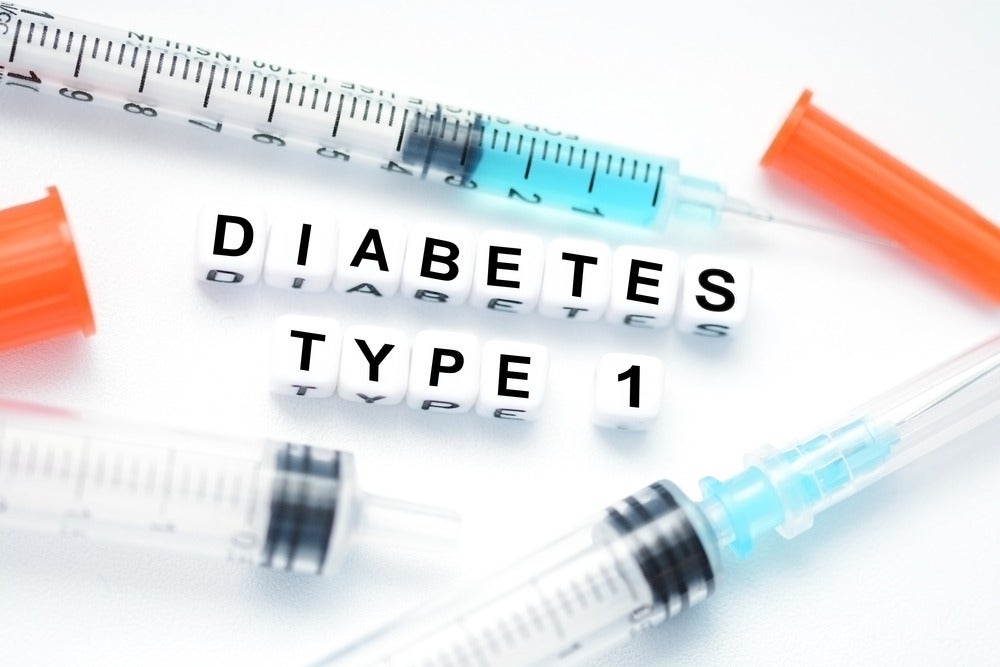AstraZeneca’s (AZ’s) Forxiga (dapagliflozin) has gained approval for use in type 1 diabetes (T1D) in both Europe and Japan on 20 March and 27 March, respectively.
Diabetes type 1 treatment
This is a big win for AstraZeneca, especially in Europe, where the sodium-glucose cotransporter-2 (SGLT-2) inhibitor became the first to be approved for use in T1D.
In Japan, Forxiga was the second in its class to be approved for T1D, as Astella’s Suglat (ipragliflozin) already received approval in December 2018. As such, T1D patients will soon be taking SGLT inhibitors as an adjunct to insulin.
Despite the fact that SGLT inhibitors cannot replace insulin therapy in T1D patients, the incorporation of this drug class into the treatment regimen will allow patients to gain better glycemic and weight control, as well as lower daily insulin dosages.
This will translate into a significant market advantage for AZ, as Forxiga has become one of the first oral antidiabetic medications to be used in combination with insulin in patients diagnosed with T1D.
Currently, most marketed SGLT inhibitors are only indicated for type 2 diabetes (T2D) patients, but both marketed and pipeline varieties are pursuing a T1D indication. Specifically, three SGLT inhibitors are positioned to enter or have already received approval to be used in T1D patients. These include Suglat, Forxiga, and Sanofi’s/Lexicon’s Zynquista (sotagliflozin).

US Tariffs are shifting - will you react or anticipate?
Don’t let policy changes catch you off guard. Stay proactive with real-time data and expert analysis.
By GlobalDataAlthough Astellas and AZ have been able to enter the T1D space with their SGLT inhibitors, Sanofi and Lexicon are experiencing setbacks. In 2018, applications were submitted towards the T1D indication in the US and Europe for Zynquista. However, last week the FDA did not approve Zynquista, likely due in part to the increased risk of diabetic ketoacidosis (DKA) in patients taking the treatment, which was a concern that was shared by key opinion leaders (KOLs) interviewed by GlobalData.
Zynquista seems to be faring better in Europe, as a positive opinion from the Committee for Medicinal Products for Human Use was announced in early March, but the European Medicines Agency (EMA) advisory panel has recommended its use only in patients with a body mass index above 27kg/m2.
In the US, whichever SGLT inhibitor is approved by the FDA first will likely have a prolonged first-to-market advantage in the T1D market. Forxiga (Farxiga in the US) is currently under regulatory review in the US for T1D, with an FDA decision expected in H2 2019. However, immediate and direct competition in the T1D space is expected to arise between Suglat and Forxiga in Japan, and Forxiga and Zynquista in Europe.
SGLT inhibitors work by blocking the body’s capacity to reabsorb glucose; more specifically, SGLT-1 inhibition hinders glucose reabsorption in the gastrointestinal tract, and SGLT-2 inhibition hinders glucose reabsorption by the kidney. The majority of SGLT inhibitors primarily inhibit SGLT-2, while Zynquista’s mechanism of action targets both SGLT-1 and SGLT-2, which is expected to improve glycemic control over that of the effects conferred by SGLT-2 inhibitors.





